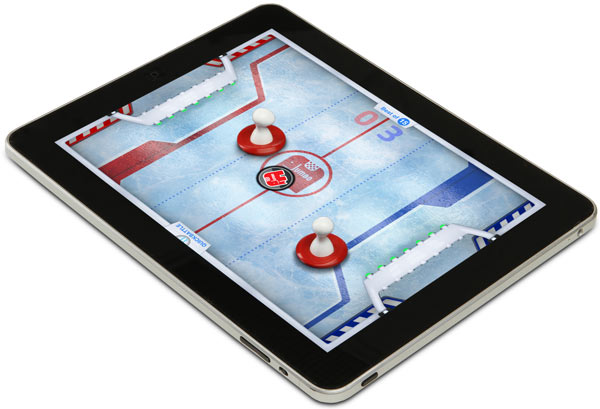In the annals of "clever patents that may never amount to anything," we now have an entry from Sony: a method of sensing touch strength with sound. Since capacitive touchscreens can't detect pressure on their own, a second film is needed that can add weight and cost. Sony's freshly granted patent claims that a microphone can take on that job instead by listening to the sound your finger or stylus makes when it hits the screen and deducing force from that. It could also be used with a camera-based position detection system as shown above, meaning your finger's location and force could be calculated on a non-active surface like an ordinary table. Obviously such a device would only detect taps, not presses, and Sony has claimed a calibration method that the average user may not want to bother with. It probably seemed like a good idea at the time of filing (2009) when other force-sensing options had yet to hit market, but this one seems unlikely to see daylight -- though, you never know.
Filed under: Displays, Misc, Peripherals, Sony
Source: USPTO



















